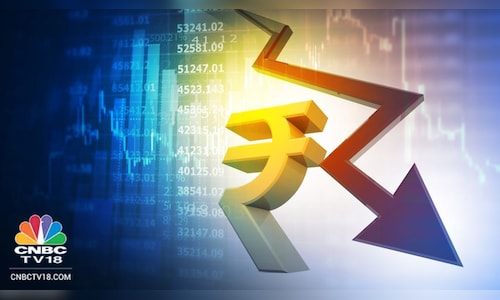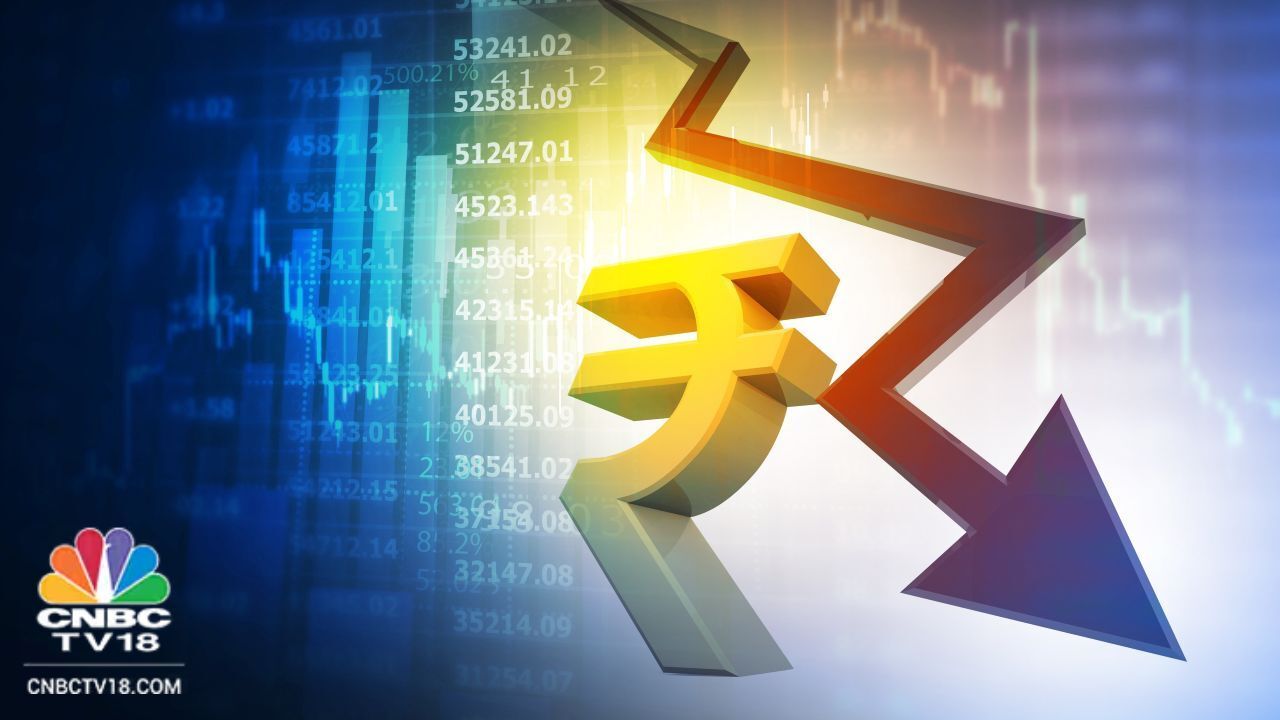

Speaking to CNBC-TV18, Kotecha noted that the rapid movement toward ₹86 on the dollar has already materialised, and a sharp depreciation from current levels is less likely in the near term.
He emphasised several factors influencing this forecast. While the dollar’s momentum appears to have eased this week, geopolitical and economic developments, particularly the policies of the incoming US administration under Donald Trump, are likely to play a crucial role. Aggressive tariff measures, even if initially announced but delayed in implementation, could create ripples in global markets, affecting the rupee’s valuation.
Another significant factor in Kotecha’s analysis is the correlation between the rupee and Chinese yuan. With the yuan breaching the 7.30/$ mark, India’s Reserve Bank of India (RBI) is likely monitoring the situation closely. The widening trade deficit with China and India’s focus on boosting manufacturing competitiveness further underscores the sensitivity of the rupee to yuan movements.
Kotecha observed that under a new governor, the RBI may be allowing a more orderly depreciation of the rupee, aligning with moves in other Asian currencies. This approach helps India maintain its competitiveness, particularly as the yuan weakens.
Also Read: Rupee gears towards fresh low of 86 per dollar amid broad-based dollar bids
Kotecha’s year-end forecast for the yuan is 7.50/$. However, he warned that in the event of extreme tariff measures by Trump, such as a 60% tariff on China, the yuan could rapidly depreciate to 8.40/$ or beyond. Such a scenario would likely exert additional downward pressure on the rupee.
On January 3, the People’s Bank of China (PBOC) allowed the yuan (or renminbi) to depreciate beyond the key threshold of 7.3 against the US dollar. This move triggered ripple effects across global markets, fuelling uncertainty and causing Indian benchmark indices to decline by approximately 1.6% each on January 6.
Also Read: How China’s currency move may have intensified India’s equity market selloff



